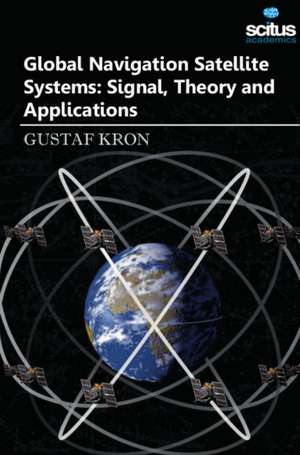Global Navigation Satellite Systems: Signal, Theory & Applications
Autor Gustaf Kronen Limba Engleză Hardback – 16 feb 2017
Preț: 906.83 lei
Preț vechi: 1105.89 lei
-18% Nou
Puncte Express: 1360
Preț estimativ în valută:
173.54€ • 180.08$ • 145.05£
173.54€ • 180.08$ • 145.05£
Carte indisponibilă temporar
Doresc să fiu notificat când acest titlu va fi disponibil:
Se trimite...
Preluare comenzi: 021 569.72.76
Specificații
ISBN-13: 9781681174129
ISBN-10: 168117412X
Pagini: 330
Dimensiuni: 155 x 230 mm
Greutate: 0 kg
Editura: Scitus Academics LLC
Colecția Scitus Academics LLC
ISBN-10: 168117412X
Pagini: 330
Dimensiuni: 155 x 230 mm
Greutate: 0 kg
Editura: Scitus Academics LLC
Colecția Scitus Academics LLC
